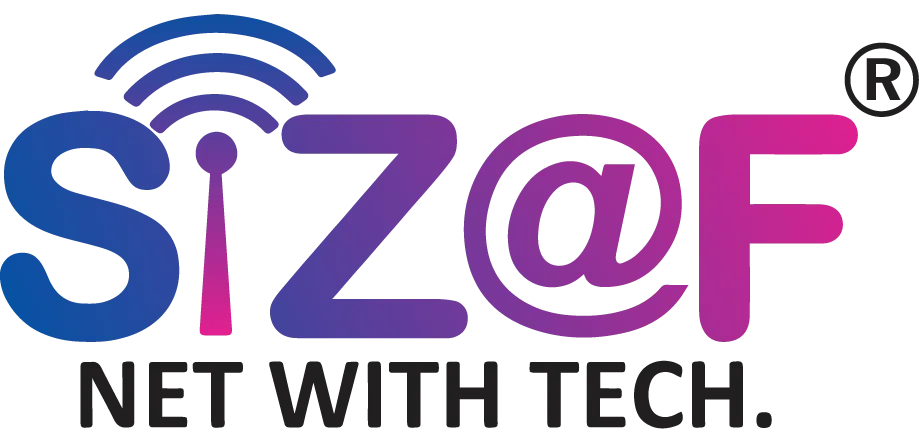Overview: The Media Landscape Has Shifted
The days of running a billboard or placing an advertisement in a newspaper to achieve marketing success are long gone. Technology now plays a key role in media and advertising, enabling companies to develop more tailored, relevant, and trackable campaigns than in the past.
Businesses that adopt these technologies are outperforming those that stick to more conventional approaches, from AI-driven advertisements to interactive AR/VR experiences. Now is the time to see what technology can do for your media strategy if your brand hasn’t already, or else you risk falling behind.
1. AI-Powered Smarter Advertisements
Media intelligence is entering a new era driven by artificial intelligence (AI). Automation is only one aspect of it; another is real-time consumer behavior analysis and content adaptation.
Practical applications:
- Targeting ads according to user activity, interests, and browsing history
- Content for dynamic ads that changes according to the demographics of viewers
- Using AI-powered copy recommendations to increase click-through rates (CTR)
AI is used by platforms like Google Ads, for instance, to automatically modify bids and placements in order to maximize your ad spend. AI is used by Meta (Facebook) to forecast which ad format—carousel, video, or image—will work best for each audience segment.
2. Data-Driven Marketing: The Revolution in Personalization

A marketer’s secret weapon these days is big data. Today, businesses can create hyper-personalized advertisements by gathering information on user preferences, habits, and even past purchases.
Advantages:
- Increased engagement rates are the main advantages.
- More qualified leads for
- Reduced expenditures for acquiring new customers
Businesses can optimize their campaigns for maximum return on investment by using analytics platforms such as Google Analytics, HubSpot, or Sizaf’s integrated tools.
3. Programmatic Advertising: Rapid, Effective, and Expandable
Programmatic advertising buys and places ads automatically across a variety of channels using real-time algorithms.
Ad placement is determined by software based on the behavior of your target audience rather than by hand. It is comparable to having a full-time, round-the-clock media buyer on staff.
Why it matters:
- Boosts effectiveness
- Cuts down on human error
- Spend is immediately optimized
The right message will appear on the right screen at the right moment whether you’re using programmatic technology for YouTube, mobile apps, or websites.
4. Influencer and Creator-Led Content’s Ascent

Influencers have replaced traditional endorsements. Social media producers are now important figures in digital advertising because they provide a level of trust and authenticity that traditional advertisements cannot match.
The reason this works:
- Speaking directly to their specialized audiences, influencers
- Their content feels natural rather than forced.
- Higher engagement rates are found with micro-influencers.
From daily vlogs to product unboxings, influencers assist brands in joining discussions rather than interrupting them.
5. AR and VR Immersion Advertising
Virtual reality (VR) and augmented reality (AR) are no longer limited to video games. These marketing tools offer interactive experiences that enable consumers to interact with a brand in novel ways.
Examples include
- try-on filters for brands of clothing or eyewear.
- Real estate virtual tours
- 3D product demonstrations for furniture or technology
By providing customers with what they need up front, these experiences not only make advertisements memorable, but they also shorten the buyer’s journey.
6. Omnichannel Marketing: It’s All About Consistency

Instagram, email, mobile apps, search engines, and even smart TVs are all places where consumers can be found. Your message will remain connected and consistent across all of them thanks to omnichannel marketing.
- Advantages: Increases brand awareness
- helps users navigate across platforms, which boosts conversions.
- keeps people interested throughout lengthy purchasing cycles.
For example, a user may see your Facebook advertisement, get a reminder email, and then buy something from your website. That journey feels smooth when using an omnichannel strategy.
7. Monitoring Performance in Real Time
Digital media’s beauty? Everything is trackable.
With the help of tracking tools, you can optimize campaigns in real time, from impressions and clicks to heatmaps and conversions.
Tools such as
- Analytics by Google
- The Facebook Pixel
- The integrated dashboards of Sizaf
…can assist you in improving each subsequent campaign and making data-driven decisions.
In conclusion, it’s time to consider options other than banner ads.
Purchasing space is no longer the focus of media and advertising. Their goal is to purchase and maintain attention. Brands can establish genuine, quantifiable connections with their audiences by utilizing contemporary technologies like artificial intelligence (AI), automation, immersive media, and influencer partnerships.
Tech-powered media strategies are not a fad; they are essential for any business, whether it is a startup or an established one.
How Sizaf Infocomm Helps You Advance Your Media
Not only do we create campaigns at Sizaf Infocomm, but we also provide them with:
- Cross-channel tactics
- Automation of campaigns and content
- Immersion (AR/VR) experiences
- Integration of data and analytics
- Cloud hosting that is scalable for media teams
Ready to Upgrade Your Media Game? Give us a call now:
Malaysia: +60 14-660 0012
USA: +1 516 880 9996

